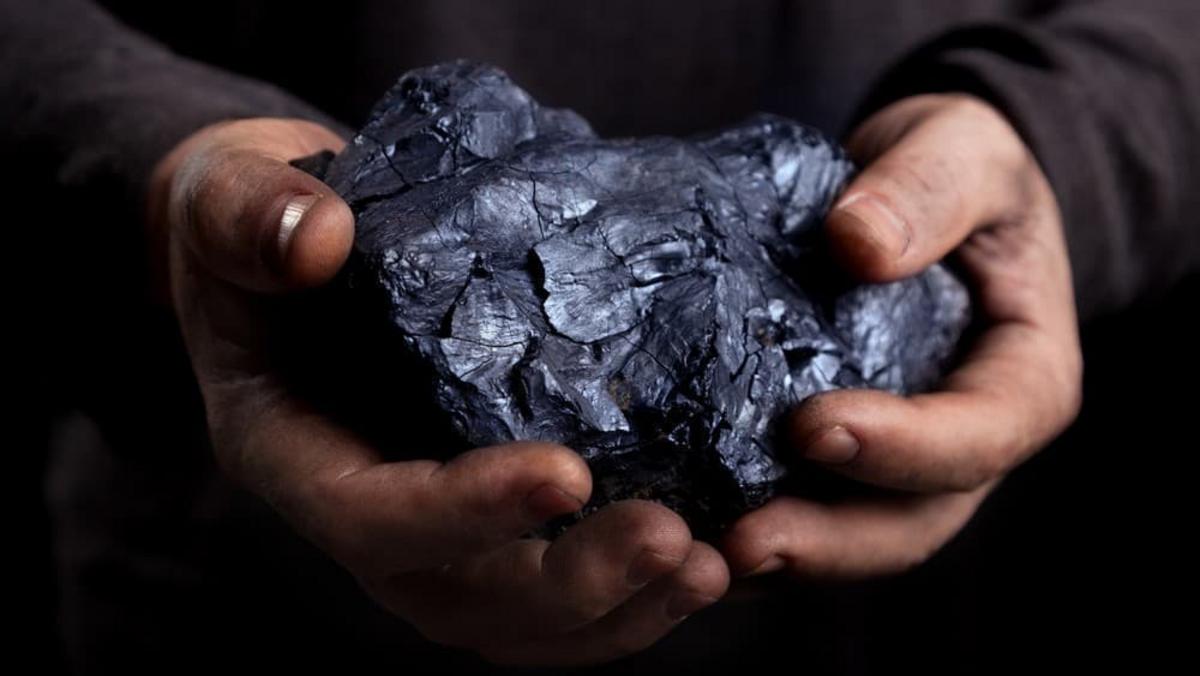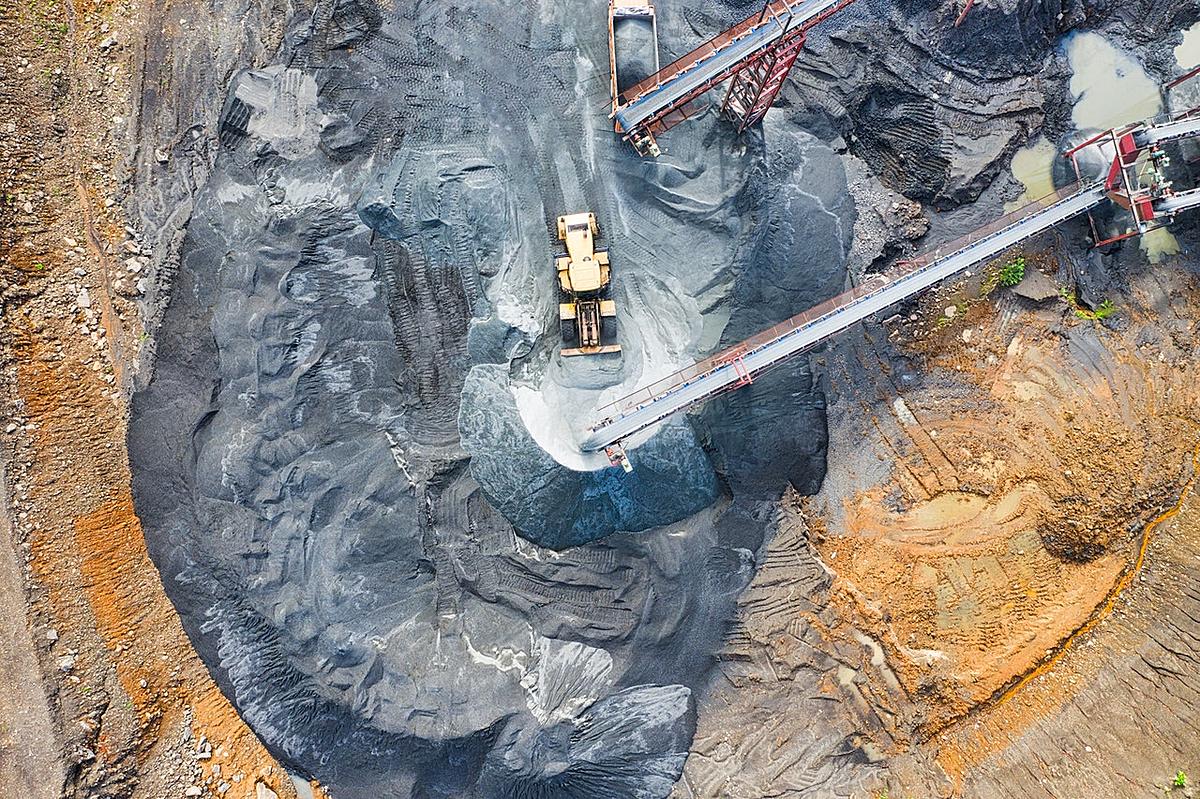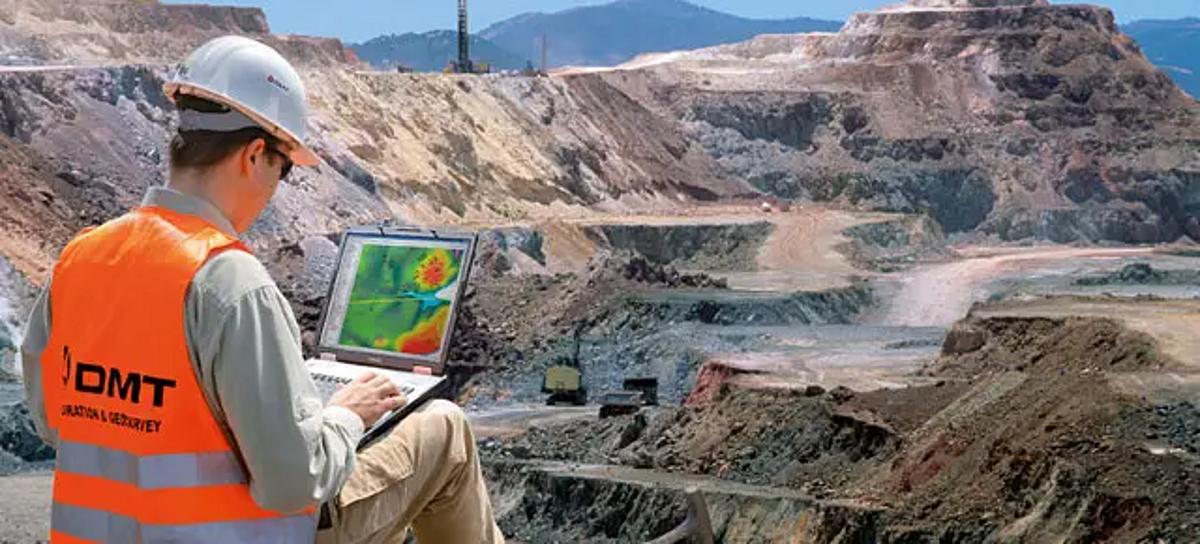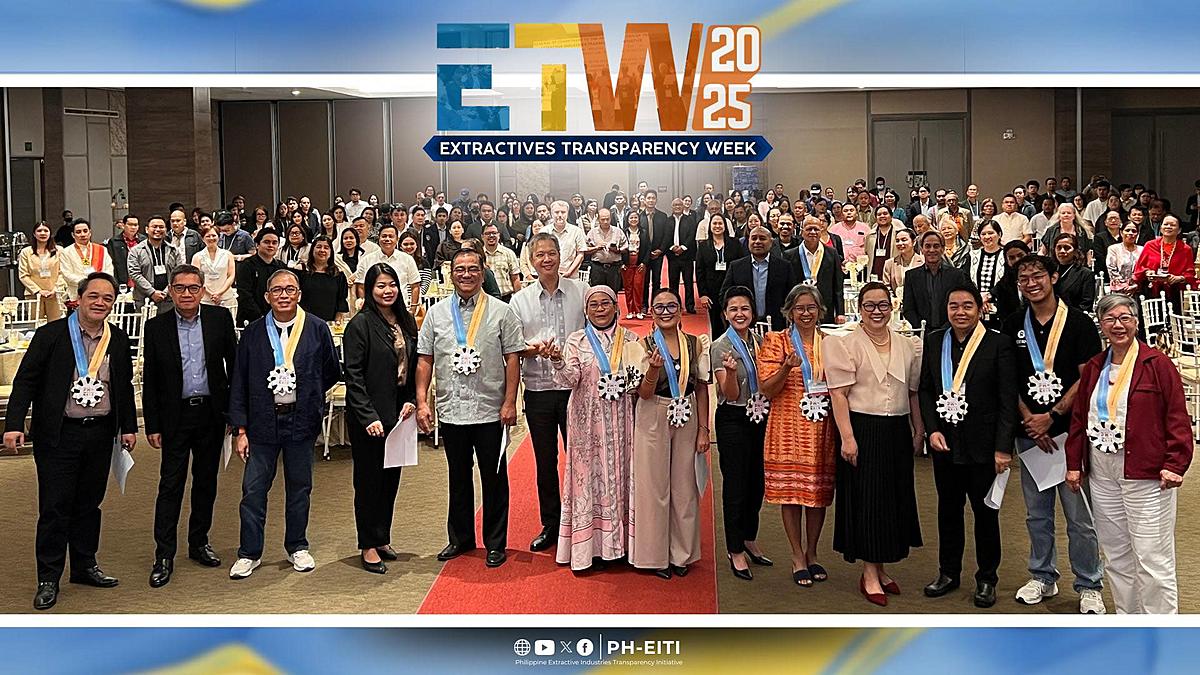Despite common use of coal in power generation, one overlooked aspect is that coal is a significantly heterogeneous and complex material and its fuel characteristics vary significantly in the deposits in any direction depending on the geological conditions. Therefore, a thorough geological investigation to understand these changes is not only essential in characterising fuel properties, but also minimising the economic, technical and financial risks associated with coal quality parameters. A geological model supported with comprehensive database is the appropriate starting point in managing the drastic changes that customarily occur in fuel properties. Once the coal quality variation is determined from the model, it may be possible to schedule the mine production from different parts of the pit according to the fuel specs. However, it is also important to establish a good, robust coal quality monitoring program to manage the changes occurring the field by implementing a well-controlled representative sampling and testing program managed by a dedicated coal quality department. Relying on only a few parameters to characterise the entire coal deposit, and consequently the fuel specifications could result in high risk and potentially expensive consequences. If coal quality is used effectively at any part of the coal chain from mine production to power station, it is possible to make significant cost savings, mitigate risks and provide a fuel clean enough to reduce pollutants and unwanted emissions.
In order to minimise the adverse effects of coal quality, it is important to implement some fundamental measures at the coal pit and power plant stockyard if both the coal mine production and power plant generation are particularly part of an integrated power generation system. However, these measures also applicable to any mine that sells its products in the open market to any power generation utility, or any power station that buys thermal coal from any coal producer.
Mitigation measures on the adverse effects of coal quality include a number of crucial steps:
- Establishing a good geological and exploration/coal quality database containing all necessary information to characterise the target seam/s feeding into the power station. This is also a fundamental part of the power stations’ design criteria to determine the operational inputs for the duration of power station’s lifespan;
- Implementing a good robust sampling and sample monitoring program reflecting accurate representative results obtained at pit level and power plant stockyard;
- Performing the appropriate tests and assays which represent the real performance of coal and its waste product prior to plant design and during plant operations; and
- Providing fuel by blending the ROM product from the pit based on the coal quality and boiler design parameters.
In order to minimise all the risks associated with coal quality parameters, it is important to establish a comprehensive database. A geological model is the appropriate starting point in managing the drastic changes that habitually occur in fuel properties. Once the coal quality is determined, it is possible to schedule the mine production from different parts of the pit.










